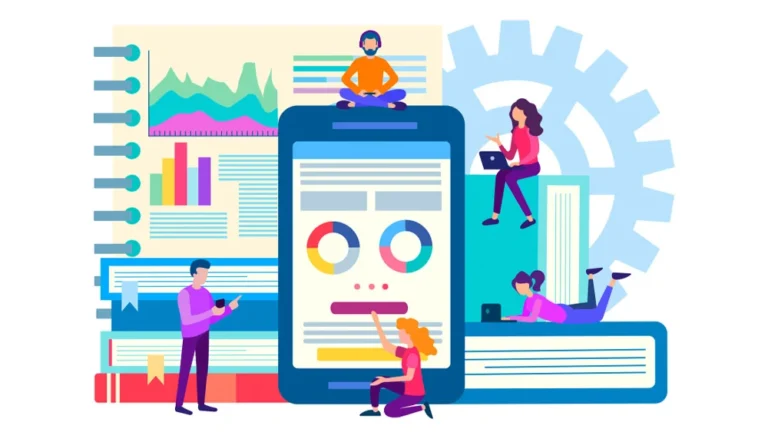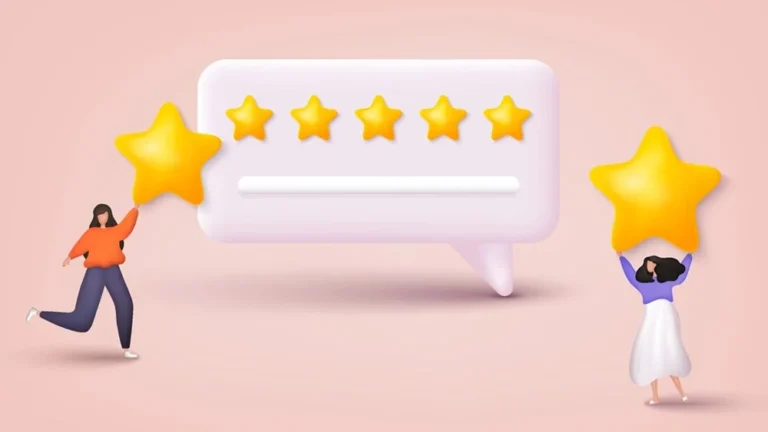When we think of AI, we always think of the future or at least I do. However, integrating AI solutions into our daily lives has stopped being a futuristic concept. It is now a hard fact. A reality, as some like to call it. AI is now reshaping reality as we create spaces that are more advanced than ever. Now the fact that we can integrate AI with architecture and design is a present-day reality that we’re all kind of surprised by. From having to write everything ourselves to having a tiny robot inside a PC do it for you. What’s not to get shocked by, right?
Enters ChatGPT to leave us with a bigger open mouth. ChatGPT, which is a sophisticated AI language model, has entered this domain catwalking. Additionally, promising to revolutionize the design process in ways we couldn’t have imagined just a few years ago. From generating innovative design ideas to actually facilitating the communication between architects and clients, ChatGPT has grown to be more than just an AI tool that we use.
I know that a lot of groundbreaking technological advancements we expect and become thirsty for more. Something to satisfy our need for knowledge and enhancements. However, since the dawn of humanity, we’ve all been making mistakes. That is why the question will forever remain: Can ChatGPT truly meet the high expectations that are set for it in the world of architecture and design? Delve deeper in this article to learn more about this tool and what it has to offer us in 2024.
Understanding ChatGPT’s Capabilities in 2024
Contents
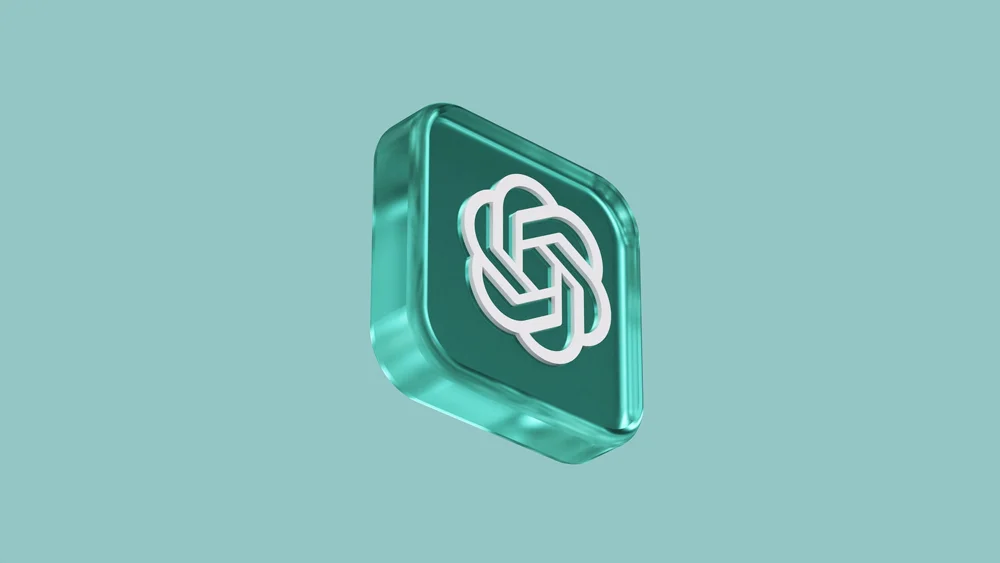
The word capabilities means the ability to work in a certain way. That is why it is important to understand how everything around us works and how these technological advancements help us achieve better results in everything. ChatGPT’s capabilities in architectural design are growing from it’s advanced natural language processing (NLP) abilities. These abilities enable us to understand and generate human-like text. This means that architects can interact with this AI tool in a conversational way. Architects can use ChatGPT to explore a variety of design ideas, generate alternative concepts for theirs, and get instant feedback on their designs.
Let me walk you through a hypothetical situation here. Imagine with me an architect who has a new building design and wishes to brainstorm their idea with something. ChatGPT can help with that. It can provide suggestions, enhance the idea, and help the architect to overcome and pass any creative block that they could suffer from. This tool assists in presenting a fresh viewpoint that is based on a sizable database that its parent company, OpenAI, fed this language model.
Is there more beyond data and brainstorming? Is there more than the concept of ideation? The answer is yes. ChatGPT can automate routine tasks, which helps architects receive better and a much more streamlined design process. It can draft initial design briefs, generate documents, and produce simple layouts to facilitate things for architects.
This is a tool that can help save time for architects and enhance their workflow. Additionally, this is a tool that can help architects push boundaries of what’s possible in design. However, while ChatGPT offers powerful tools, it’s essential to remember that it’s a complement to, not a replacement for, human creativity and expertise.
Applications of ChatGPT in Architectural Design
With the significant prints that ChatGPT is making in the architectural realm and offering a great range of applications. It is transforming how architects work. One of the most notable uses of this tool is the fact that it is more than able to generate design ideas greatly. Ideas that can help architects spark new designs and gain new perspectives. Additionally, ChatGPT can analyze some of the architects’ inputs and analyze their previous designs as well.
Which can lead architects to have a whole new direction for their projects. ChatGPT can also facilitate communication between clients and architects. That is, by enhancing their means of collaborations and providing them with a platform where architects can easily discuss ideas, make revisions, and clarify concepts in real-time.
Another thing that ChatGPT can excel at is the fact that it can ease up the process of design customization and personalization. It can also be given some information about what a certain client needs and can generate tailored recommendations for the client’s project and design. Something that makes aligning with the client’s vision easier and more convenient.
The Many Benefits of ChatGPT in Architectural Design
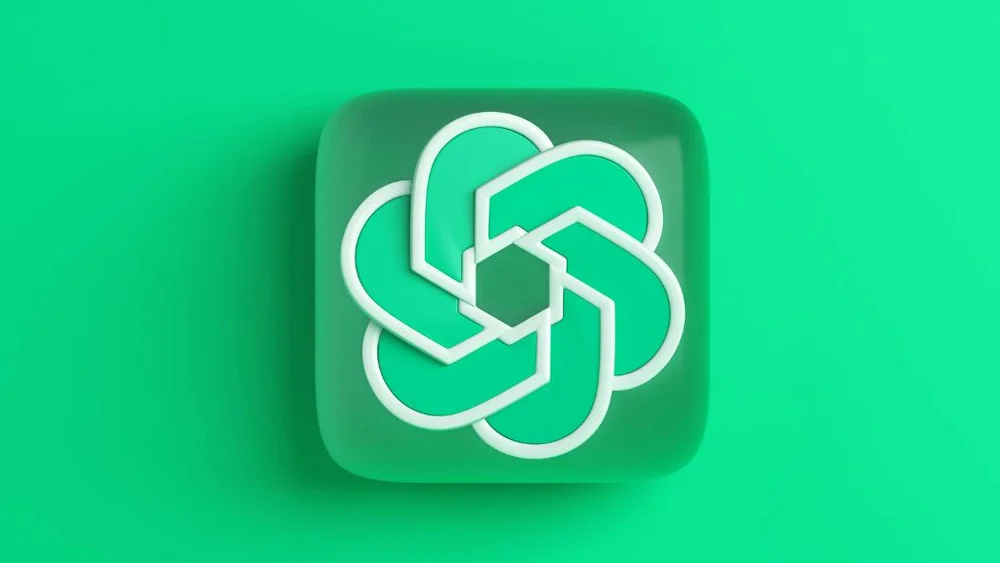
There are many benefits that you can gain from integrating Chat GPT into architectural design. The first benefit I can mention for you is the increased productivity and efficiency that such an AI tool provides. ChatGPT can take care of drafting ideas and concepts for you as an architect. Which can help you focus your efforts on more high-level creative work and complex problem-solving. This will help you speed up your design project and reduce your error rate.
Furthermore, Chat GPT contributes to the democratization of design. With its ability to generate design ideas and provide instant feedback, it empowers a broader range of users, including those who may lack formal architectural training, to explore and realize their visions. This could help in opening up new avenues and opportunities for creativity and innovation. Additionally, this can help you in allowing different perspectives to positively influence your design process. Who wouldn’t want some inspiration? Who of us wouldn’t want something thinking outside the box for them?
The Challenges and Limitations That You Can Face When Using ChatGPT in Architectural Design
With every new technological advancement, things cannot all be all pink and swell. You will find some limitations that can hold you back and tangle your design journey. One of the main challenges for this AI tool is that the data input it has can, at some point, be outdated. That is because as much as OpenAI updates it, but to a certain timeline. The lack of updates can suggest that you use an outdated method of design or a tool that isn’t of great help.
Because of this, you should always check and confirm the information that any AI tool or solution, not just Chat GPT, provides to you. Another main challenge that you may face is the lack of comprehension of contextual emotions. Three big words? Let me elaborate on what I mean by this. As smart as AI is, it is at the end of the day a robot. Something that is limited in comprehension more than I can say.
Chat GPT may lack the nuanced understanding of context and emotion that a human designer brings. There are no feelings to hurt or test here, that is why it may lack the understanding of the word empathy or sympathy. Something that is needed when a client gives you a project. If a client requires something that they don’t know how complicated or impossible to bring to life, you have to empathize with their lack of knowledge and present them with alternatives. Try convincing this to a chatbot and tell me if it ever works for you because, as far as I know, it didn’t work for others.
ChatGPT in Architectural Design: What About The Ethical Concerns Concerning ChatGPT?
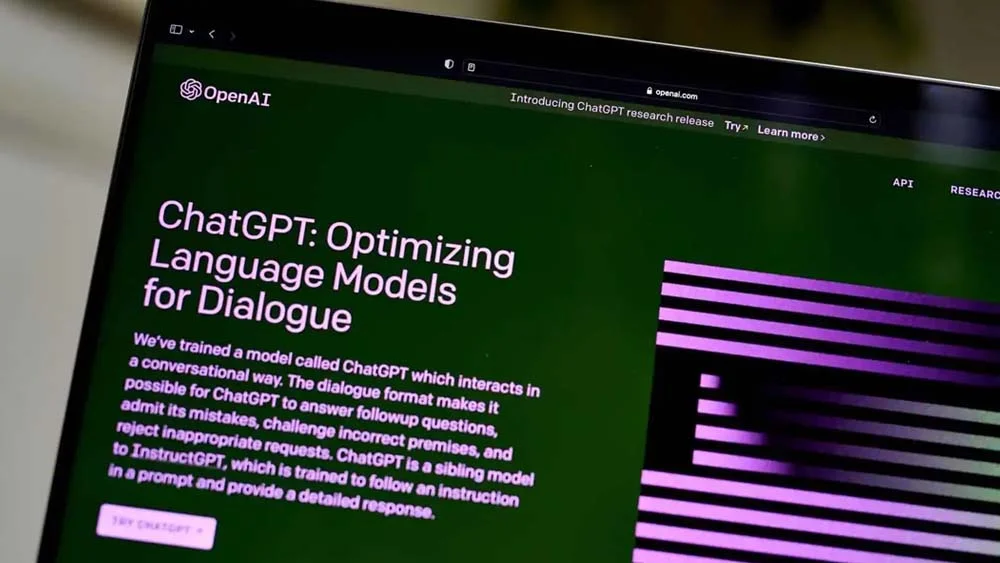
There is the matter of ethical concerns that rose up in 2023 when Chat GPT was first launched to the public for public use. How do we ensure that AI-driven architecture respects cultural and environmental values? This is a question that was scattered all over the internet in AI debates and conversations.
As AI systems become more integrated, we must address issues like data privacy and the potential for biased designs. Finally, can AI truly replace the creativity and intuition of human architects? While Chat GPT can assist and enhance the design process, it’s crucial to remember that human oversight is essential. Architects bring a unique perspective that AI cannot replicate.
One that blends artistic vision with practical experience. As we move forward, balancing AI’s capabilities with human creativity will be key to leveraging technology effectively while preserving the essence of thoughtful design.
Future Prospects: Will ChatGPT Exceed Expectations?
Looking ahead, the future of AI in architecture, particularly with tools like Chat GPT, seems both thrilling and transformative. But will these advancements live up to the hype? Predictions suggest that AI will become increasingly adept at handling complex design tasks, potentially offering architects unprecedented levels of efficiency and innovation. Imagine a future where AI-driven design tools not only generate countless design variations in minutes but also provide real-time feedback and suggestions tailored to specific client needs.
Will AI truly enhance creativity, or will it merely automate routine tasks? The answer likely lies in how we integrate these tools into our workflows. Architects may shift from being sole creators to orchestrators of a design symphony where AI plays a crucial supporting role.
This shift could redefine what it means to be an architect, emphasizing collaboration between human ingenuity and machine intelligence. A balance is needed here but we mustn’t forget that such tools can cause us to be reliable on them. Something that we may pay the price for later on when we find that our creativity is being put out because we’re simply seeing that its easier to use an AI tool rather than think of something that could help us without AI’s assistance.
Wrapping It Up!
In conclusion, ChatGPT’s integration into architectural design highlights a promising synergy between AI efficiency and human creativity. It highlights a new balanced collaboration with our fellow tech bots. This technology offers the potential to revolutionize design workflows, enhance client interactions, and spark creative and new innovative solutions.
However, it’s crucial to maintain a balance where AI complements rather than replaces the nuanced, imaginative aspects of human creativity. As we look to the future, ChatGPT is poised to become an invaluable tool for architects, providing support and inspiration while preserving the essential human touch in design. Embracing this balance will ensure that AI enhances, rather than overshadows, the creativity that lies within the realm of architecture.

